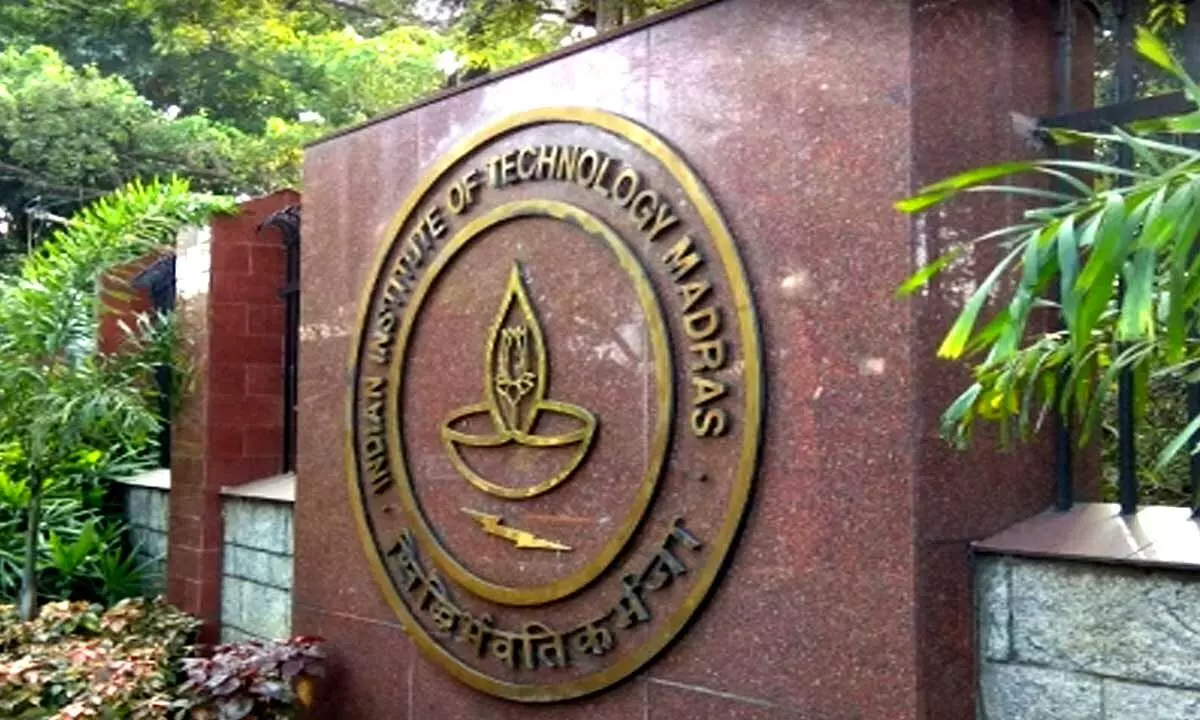IIT Madras develops green technology to combat AMR

NIRF 2025 Rankings – Top Colleges and Universities in India
IIT Madras researchers have developed a green technology to tackle Antimicrobial Resistance (AMR) in wastewater.
New Delhi: IIT Madras researchers have developed a green technology to tackle Antimicrobial Resistance (AMR) in wastewater.
In 2029, bacterial AMR was directly responsible for the deaths of 1.27 million people globally. World Health Organization (WHO) has said that AMR is one of the top global public health threats.
IIT Madras said that the technology developed is an integrated water and wastewater purification process known as ‘Advanced Oxidation Processes’ (AOPs), which is eco-friendly.
The institute said that the research on developing a technology to tackle AMR was undertaken by Prof Indumathi’s former student Dr. Sasikala Rathnavelu.
It said that presently, the pilot project on the Advanced Oxidation Processes to tackle Antimicrobial resistance (AMR) is being led by Prof. Indumathi Nambi and her Student Thara M V., PhD scholar.
“The misuse and overuse of antimicrobials in humans, animals and plants are the main drivers in the development of drug-resistant pathogens,” IIT Madras said
The institution said that the human waste, carrying AMR components, reaches Wastewater Treatment Plants through excreted urine and faeces which contributes to AMR including hospital wastewater and bulk-drug manufacturing effluents, rich in antibiotics, ARB, ARGs, and other pharmaceuticals.
It said that this unique technology eliminates the need for external chemical addition, simplifies handling, and allows seamless retrofitting into existing treatment systems, significantly lowering capital investment.
The IIT said the WHO’s ‘One Health framework’ is increasingly recognised as an effective strategy to manage AMR across humans, animals, plants, and the environment.
“In India, rising antibiotic consumption influenced by seasonality, prescription frequency, availability, and price intensifies antibiotic concentrations in environmental matrices,” the IIT said.
The institute said that the researchers found that less than 45 per cent of Indian hospitals have wastewater treatment facilities, and discharge standards for treated hospital effluent are not stringent.
“Unauthorised discharge into domestic sewer systems contributes to a 95 per cent increase in resistant bacteria in Wastewater Treatment Plants, with only 20-30 per cent of sewage being treated in India, and 83 per cent is discharged after secondary treatment,” it said.
Prof Indumathi M Nambi said a recent study conducted by our team along the 18-km stretch of Adyar River, spanning from upstream to within Chennai City, provides crucial insights into water quality and AMR dynamics during both dry and wet seasons.
“Employing advanced molecular techniques such as quantitative polymerase chain reaction (qPCR) and Resistomap HT-qPCR, the researchers analysed water and sediment samples for various parameters including Antibiotic Resistance Genes (ARGs),” Nambi said.
He said that, unlike traditional disinfection methods such as chlorine and ozone, this process created by the team of researchers at IIT Madras achieves complete pollutant mineralisation, preventing the generation of toxic by-products.
“It inhibits bacterial regrowth post-disinfection, ensuring irreversible cell damage, a distinction from UV and ozone methods. The technology’s prowess extends to comprehensive removal of emerging pollutants, Antibiotic Resistant Bacteria (ARB), and Antibiotic Resistance Genes, curbing AMR dissemination in the environment,” he said.




















